The Ekambareswarar Temple in Kanchipuram is one of India’s most prominent Hindu temples, dedicated to Lord Shiva. Located in Tamil Nadu, the temple is part of the sacred Pancha Bhoota Sthalas, where Shiva is worshipped in his elemental forms; here, he represents Earth. The temple’s historical roots extend back to at least 600 AD, making it a significant part of South India’s architectural and religious heritage.
Get your dose of History via Email
Historical Background
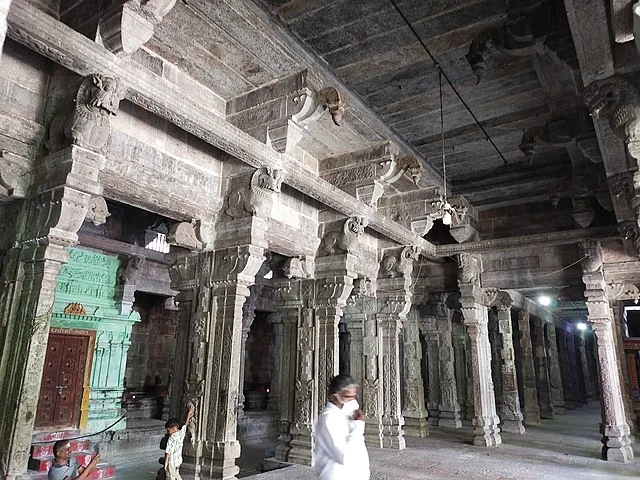
The temple’s origins trace back to the Pallava period, around the 7th century AD, though additions continued under later dynasties. The Cholas, who ruled from approximately 850 to 1250 AD, expanded the temple and added structures that still stand today. The Vijayanagara rulers, especially during the reign of Krishnadevaraya (1509–1529 AD), made substantial additions, including the massive gopuram (gateway tower) that dominates the temple’s entrance. This towering structure rises 59 meters (194 feet) and is one of the tallest temple towers in southern India.
Architectural Features
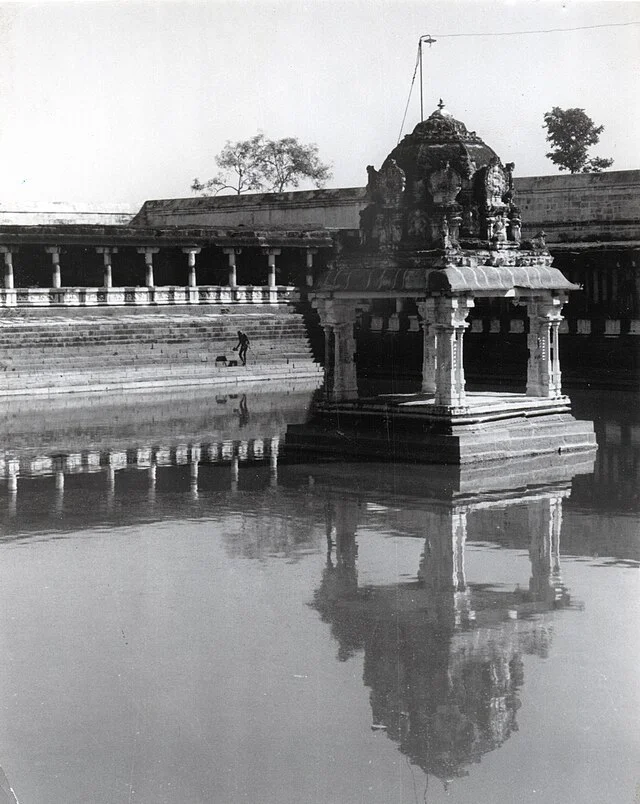
Ekambareswarar Temple covers about 25 acres, making it one of the largest temples in India. The structure showcases Dravidian architecture, which is marked by towering gopurams, intricate carvings, and large courtyards. The temple’s primary sanctum is dedicated to Shiva in the form of a lingam, believed to be made from sand, symbolizing the Earth element.
The temple’s architecture features elaborately carved pillars, halls, and statues that depict scenes from Hindu mythology. The Aayiram Kaal Mandapam, or Hall of a Thousand Pillars, is a notable structure within the complex. It showcases the skilled craftsmanship of Vijayanagara artisans, with each pillar intricately carved.
The Legend of the Mango Tree
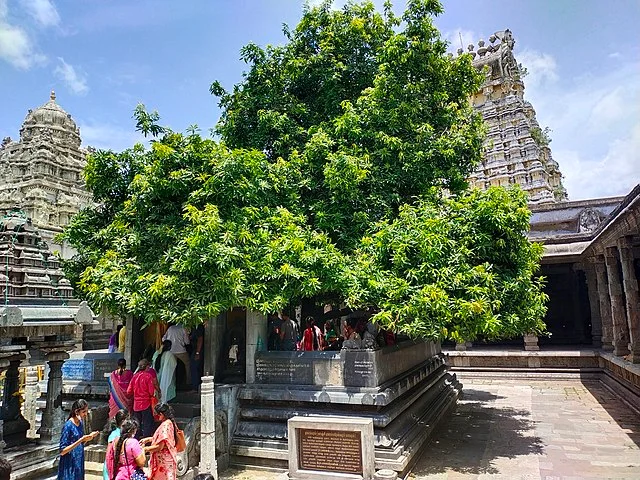
A sacred mango tree, estimated to be over 3,500 years old, stands within the temple. According to legend, this tree is connected to Parvati, Shiva’s consort. The four branches of the tree are said to represent the four Vedas, and each branch yields a different variety of mango fruit, symbolizing the unity of diverse beliefs within Hinduism.
Religious Significance
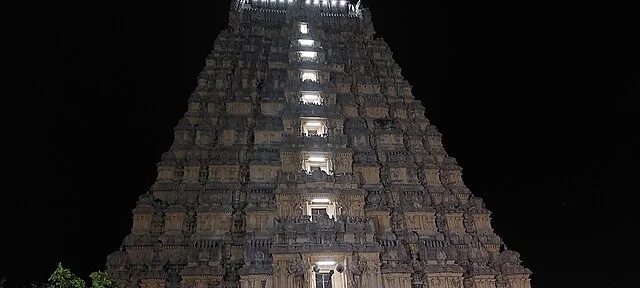
As one of the Pancha Bhoota Sthalas, the Ekambareswarar Temple holds a special place in Shaivism. The temple’s association with the Earth element makes it a focal point for worshippers seeking stability and grounding. In this context, the sand lingam within the temple is symbolic, representing creation and destruction as fundamental aspects of existence.
Each year, the temple celebrates the Panguni Uthiram festival in March or April. During this event, the deities are taken in procession, drawing thousands of pilgrims from across India. The festival emphasizes the unity of Shiva and Parvati, with the deities symbolically representing the merging of male and female energies.
Unique Features of Ekambareswarar Temple
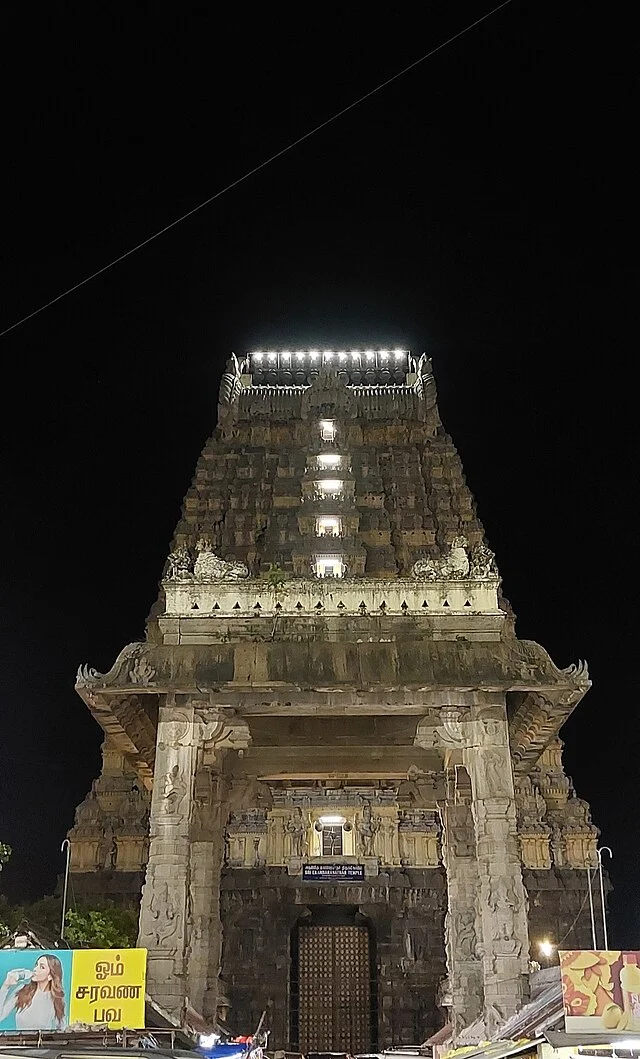
Several architectural and ritualistic elements distinguish Ekambareswarar Temple from others in Tamil Nadu:
- Gopuram (Entrance Tower): The temple’s main gopuram, constructed by the Vijayanagara rulers, stands as one of the tallest gopurams in southern India.
- Aayiram Kaal Mandapam: This Hall of a Thousand Pillars demonstrates the intricate artistry of Vijayanagara craftsmen.
- Sthala Vriksha (Sacred Tree): The ancient mango tree within the temple complex is unique, symbolizing the unity and diversity within Hinduism.
- Sand Lingam: The primary deity, Ekambareswarar, is represented by a lingam made of sand, connecting Shiva to the element of Earth.
Conclusion
The Ekambareswarar Temple in Kanchipuram represents a blend of Tamil Nadu’s rich architectural heritage and the spiritual significance of Shaivism. Its historical importance, architectural grandeur, and religious meaning make it a vital landmark in Indian history. As a center for worship, the temple continues to attract devotees and scholars alike, each drawn by its complex history and cultural depth.
Source:

